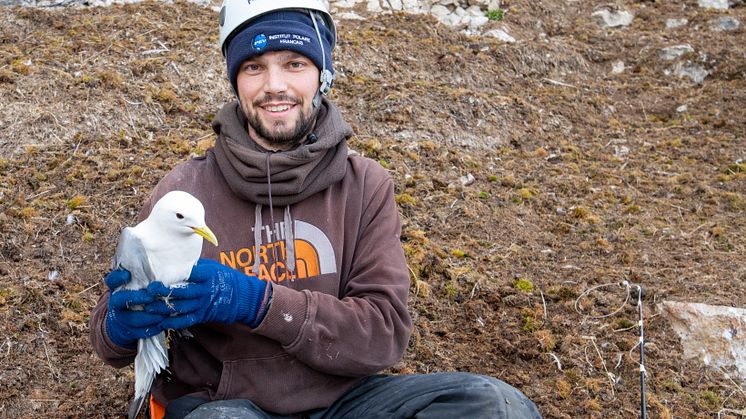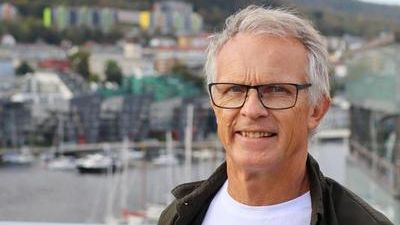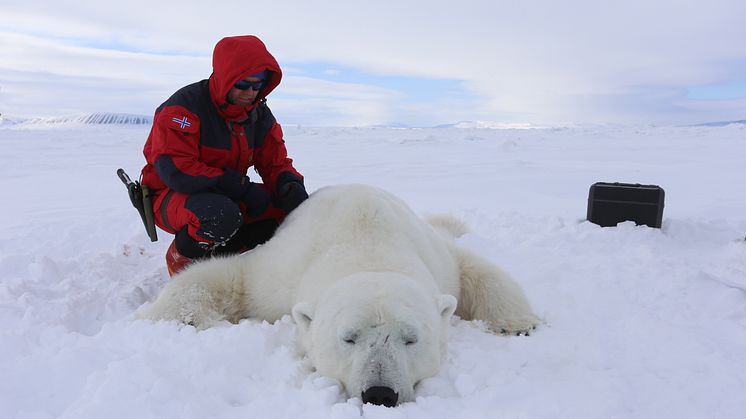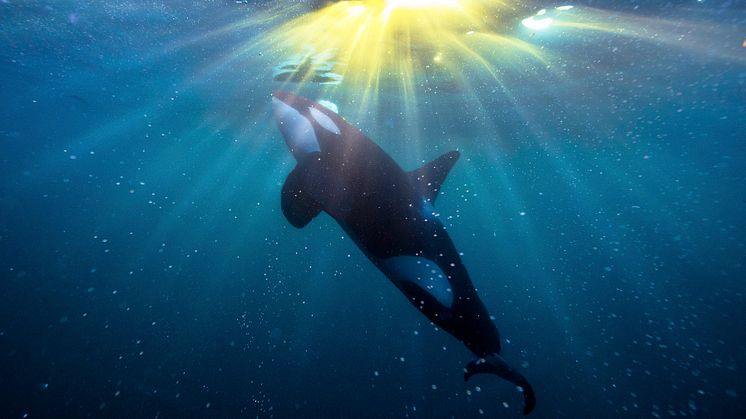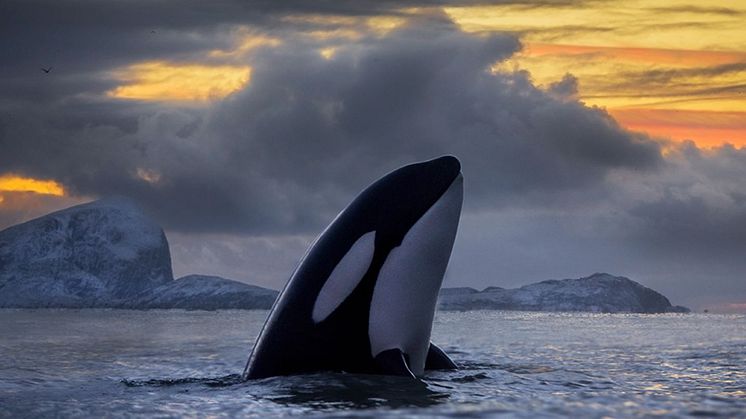
Nyhet -
Kick-off marine mammals projects - the Fram Centre contributed to a big leap forward in ecotox studies of marine giants
This week is the kick-off meeting for two Research Council of Norway funded projects that have been developed on the basis of incentive funding from the now ended Fram Centre flagship program "Hazardous substances" (2010-2021). The SLICE project is led by Akvaplan-niva and Marma-detox is led by UiB, focus in both projects is on toxicological studies of marine mammals as the top predators in the marine ecosystems.
The two project leaders Pierre Blévin (SLICE) and Anders Goksøyr (Marma-detox) both state that they are looking forward to this joint kick-off meeting and that they are proud to have established such a strong international scientific team. They are also grateful for the previous support from the Fram Centre that made it possible to build this solid scientific platform.
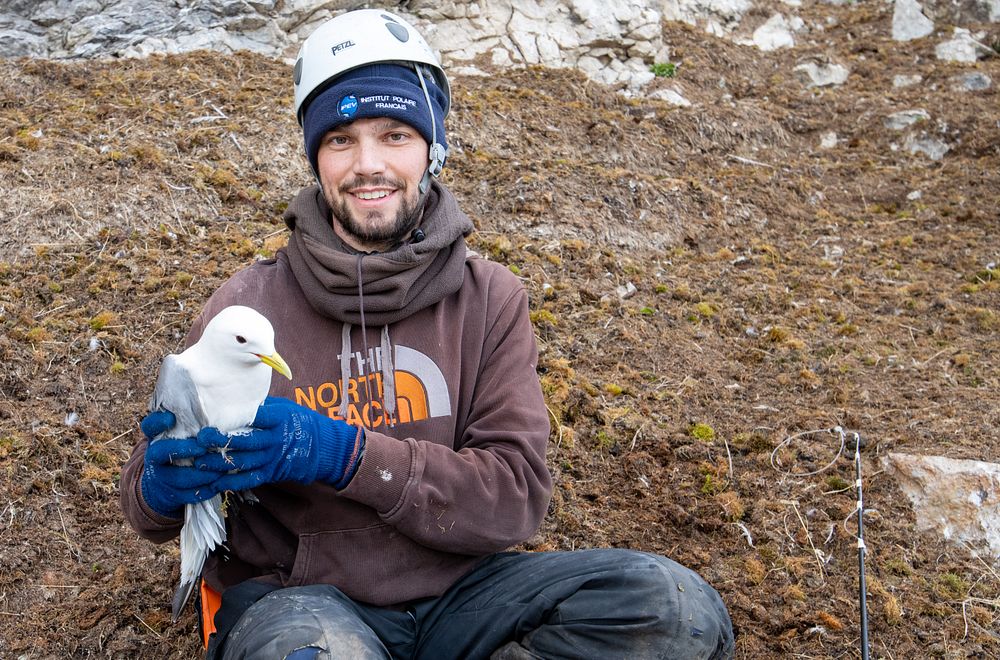
Pierre Blévin, Akvaplan-niva (Photo: Jon Leithe/NPI)
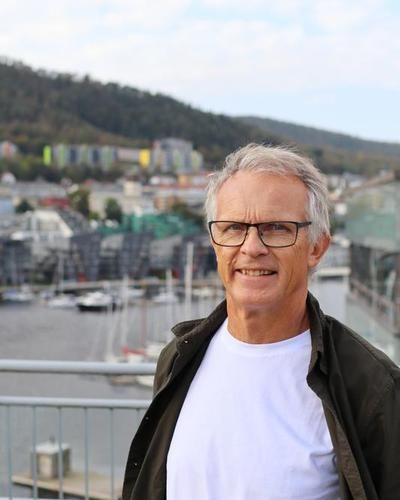
Anders Goksøyr, UiB (Photo: UIB).
Former leader of the Fram Centre flagship program “Hazardous substances”, Eldbjørg S. Heimstad, is also very excited about the two projects.
-I am very pleased to see that the close collaboration across institutions and disciplines in the previous Fram Centre flagship 'Hazardous substances- effects on ecosystem and health' has resulted in these two important research projects funded by the Research Council of Norway". She continues saying that this is what the Fram Centre collaboration is all about, multi- and interdisciplinary research in order to solve complex scientific questions. "I wish the project teams the best of luck with the kick-off meeting and in their future project work"
Partners in Marma-detox are: UiB (lead), the Norwegian Polar Institute, Akvaplan-niva, UiT The Arctic University of Norway, the Norwegian University of Life Sciences, Porto University, CIIMAR, IDAEA – CSIC Barcelona, UC Berkeley, Medical Univ of South Carolina
Contact: Anders Goksøyr, Anders.Goksoyr@uib.no
Partners in SLICE are: Akvaplan-niva (lead) NILU-the Norwegian Institute for Air Research, NIVA-the Norwegian Institute for Water Research, UiT The Arctic University of Norway, the Norwegian Polar Institute, CSIC, Universite Catholique de Louvain, University of Abertay, Medical University of South Carolina
Contact: Pierre Blévin, pbl@akvaplan.niva.no
**
Relevant projects financed by the Fram Centre Hazardous Substances Flagship Programme:
· Contaminant effects on energetics (led by Heli Routti / Norwegian Polar Institute)
· Cellular responses to contaminant exposure in marine mammals from the Arctic (led by Heli Routti / Norwegian Polar Institute)
· Giants of the ocean – affected by anthropogenic pollutants? (led by Heli Routti / Norwegian Polar Institute)
· WhaleHealth – Contaminant levels and effects in killer (Orcinus orca) and humpback whales (Megaptera novaeangliae) present in Northern-Norway (led by Jenny Bytingsvik and Pierre Blévin / Akvaplan-niva)
The SLICE project: https://akvaplan.no/no/prosjek...
